Embedded Clauses Worksheet
If you're searching for a useful tool to help teach your students about embedded clauses, then you've come to the right place. This blog post will provide you with an overview of why worksheets are an effective way to introduce and reinforce the concept of embedded clauses. With carefully designed worksheets, you can engage your students, make the learning process interactive, and ensure they grasp this important grammatical structure.
Table of Images 👆
More Other Worksheets
Kindergarten Worksheet My RoomSpanish Verb Worksheets
Cooking Vocabulary Worksheet
DNA Code Worksheet
Meiosis Worksheet Answer Key
Art Handouts and Worksheets
7 Elements of Art Worksheets
All Amendment Worksheet
Symmetry Art Worksheets
Daily Meal Planning Worksheet
What is an embedded clause?
An embedded clause is a clause that is contained within another clause, providing additional information or context about the main clause. It typically functions as a part of a larger sentence, serving to add complexity and detail to the main idea being communicated.
How is an embedded clause different from a main clause?
An embedded clause is a type of subordinate clause that is incorporated within a main clause, providing additional information or detail. Unlike a main clause, which can stand alone as a complete sentence, an embedded clause does not express a complete thought on its own and relies on the main clause to give it context and meaning.
What is the purpose of using embedded clauses in writing?
Embedded clauses are used in writing to provide additional information, clarify relationships between ideas, and enhance the complexity of sentence structures. They help to add depth and detail to the main clause, leading to a richer and more nuanced communication of thoughts and ideas. By incorporating embedded clauses, writers can convey complex relationships and express ideas with precision, making their writing more cohesive and engaging for the readers.
What are some examples of embedded clauses in sentences?
Here are some examples of embedded clauses in sentences: 1. "I know that he ate all the cookies." (embedded clause: "that he ate all the cookies") 2. "She believes that I will win the competition." (embedded clause: "that I will win the competition") 3. "I wonder who will be the next president." (embedded clause: "who will be the next president") 4. "They heard that the meeting has been cancelled." (embedded clause: "that the meeting has been cancelled") These examples show how embedded clauses are used within sentences to provide more information or detail.
How do you identify an embedded clause in a sentence?
An embedded clause in a sentence can be identified by looking for a group of words that has a subject and a verb but does not form a complete sentence on its own. It is typically part of a larger sentence and provides additional information about the main clause. Common markers of embedded clauses include relative pronouns (who, which, that), subordinating conjunctions (while, although, because), and infinitive or gerund phrases.
What types of verbs are commonly used to introduce embedded clauses?
Commonly used types of verbs to introduce embedded clauses include reporting verbs (e.g., say, tell, explain), perception verbs (e.g., see, hear, notice), and mental state verbs (e.g., know, believe, think). These verbs indicate the speaker's perspective on the information presented in the embedded clause.
Can an embedded clause stand alone as a complete sentence?
No, an embedded clause cannot stand alone as a complete sentence because it lacks either a subject or a verb or both, making it grammatically incomplete. It relies on the main clause for context and clarification to form a coherent and meaningful sentence.
How do embedded clauses affect the structure of a sentence?
Embedded clauses add complexity to the structure of a sentence by incorporating additional information within the main clause. This can involve inserting a subordinate clause, which functions as a part of the sentence but does not stand alone as a complete thought. Embedded clauses can alter the flow of the sentence, providing more detail, background information, or clarifying the main idea. They often require punctuation such as commas or parentheses to separate them from the main clause and maintain the overall clarity and coherence of the sentence.
What are some common mistakes to avoid when using embedded clauses?
Some common mistakes to avoid when using embedded clauses include not ensuring that the clause is grammatically correct and makes sense within the larger sentence, not integrating the clause smoothly into the main sentence structure causing confusion for the reader, overusing embedded clauses which can make the sentence overly complex and difficult to follow, and not punctuating the clause properly with commas or other punctuation marks to clearly identify its boundaries within the sentence.
How can you effectively incorporate embedded clauses into your writing?
To effectively incorporate embedded clauses into your writing, it is important to ensure that the embedded clause is seamlessly integrated into the main sentence to provide additional information or context. Pay attention to the structure and punctuation, making sure that the embedded clause flows smoothly within the sentence and does not disrupt the overall readability. Keep the main sentence's subject and verb consistent with the embedded clause to maintain clarity and coherence. Practice using different types of embedded clauses, such as relative clauses or adverbial clauses, to enhance the complexity and depth of your writing while maintaining clarity and precision.
Have something to share?
Who is Worksheeto?
At Worksheeto, we are committed to delivering an extensive and varied portfolio of superior quality worksheets, designed to address the educational demands of students, educators, and parents.

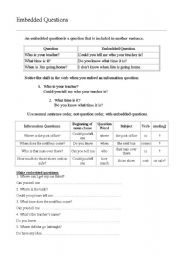



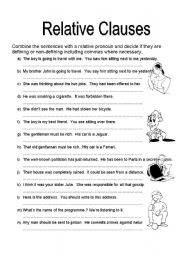
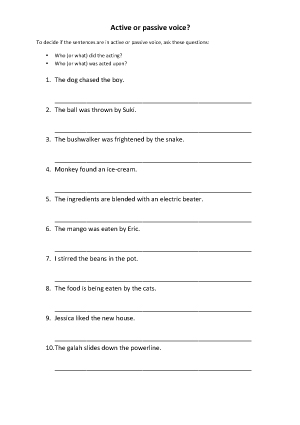
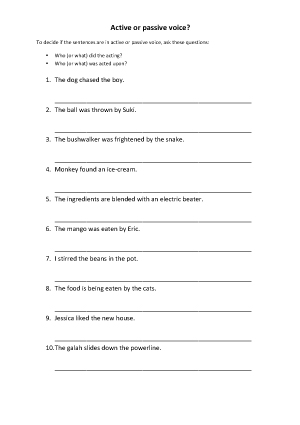
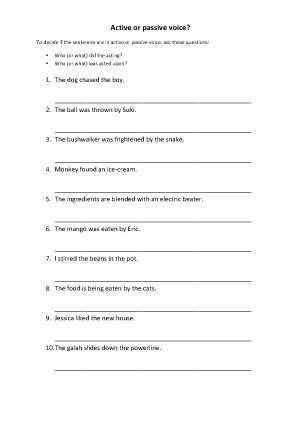
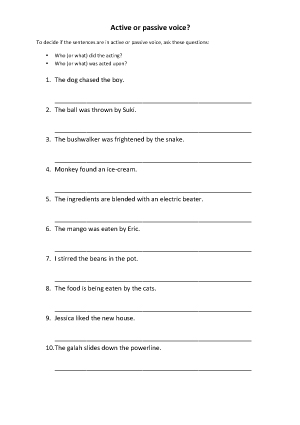
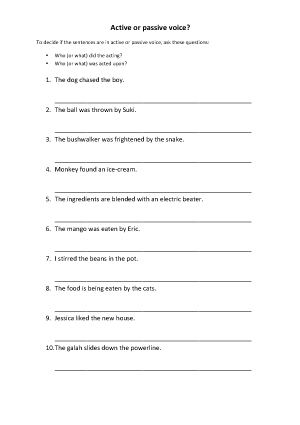
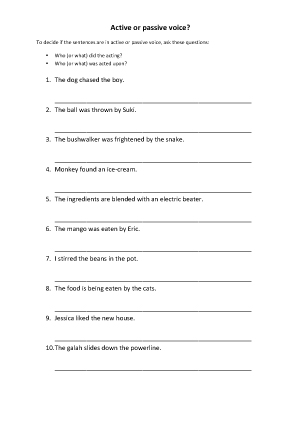
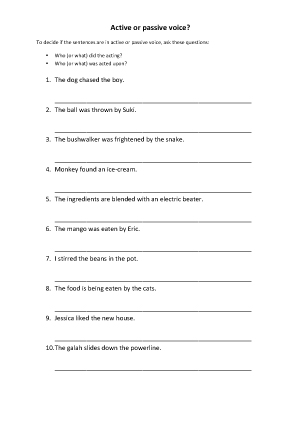
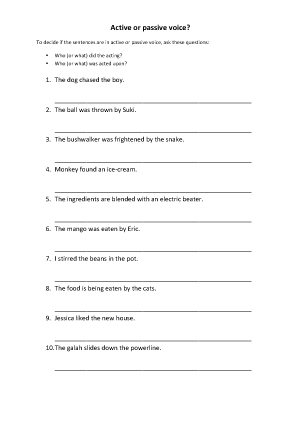
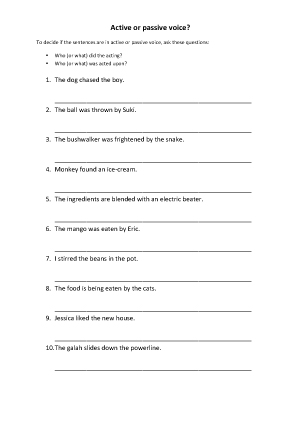
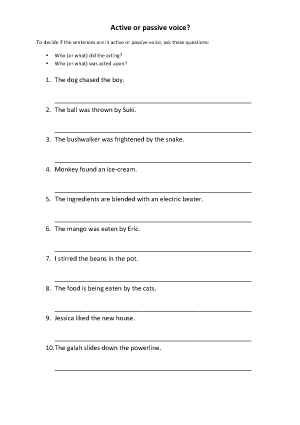
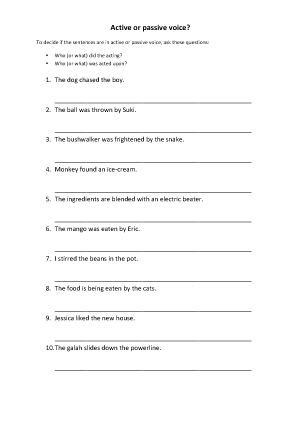
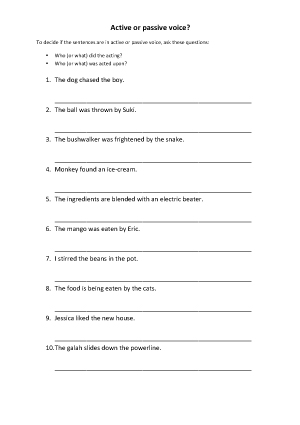
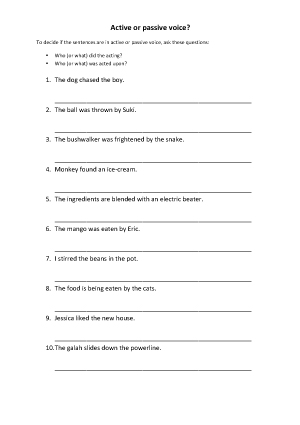
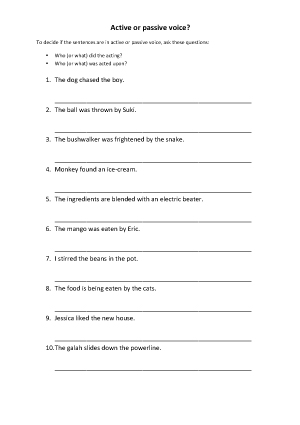
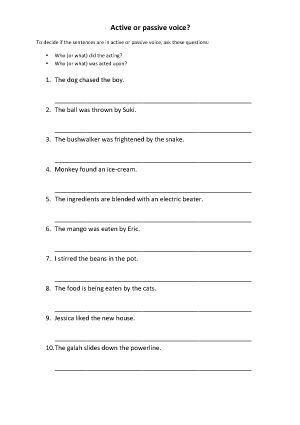
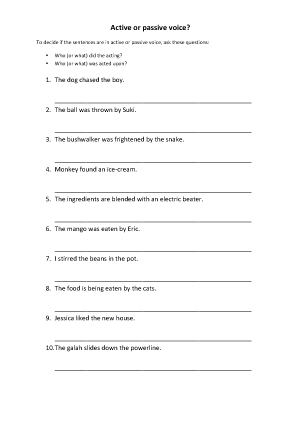

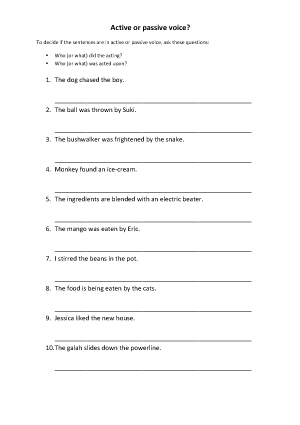














Comments